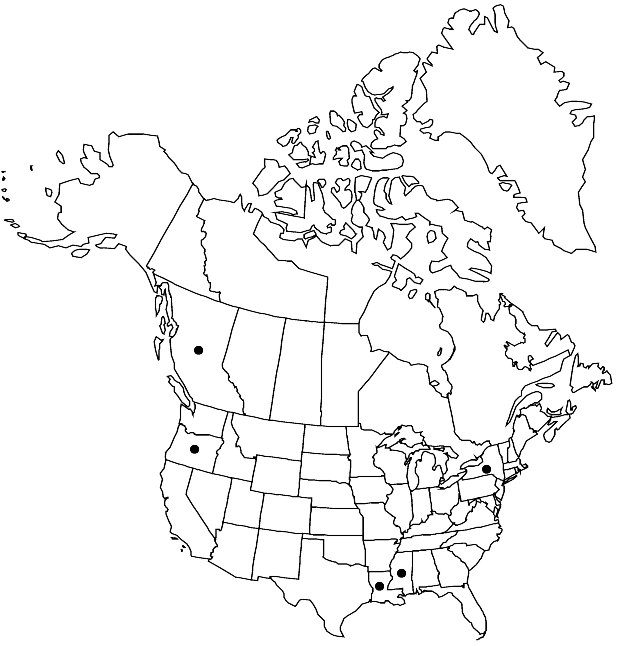Rorippa indica
Cat. Afr. Pl. 1: 24. 1896.
Annuals; usually glabrous, rarely sparsely pubescent. Stems erect, unbranched or branched proximally or distally, (0.6–) 2–6 (–7.5) dm. Basal leaves not rosulate; blade margins pinnatifid. Cauline leaves petiolate (to 4 cm) or (distal) sessile; blade lyrate-pinnatipartite or undivided, obovate, oblong, or lanceolate, (lobes 0 or 1–5 (or 6) on each side), (2.5–) 3.5–12 (–16) cm × (8–) 15–40 (–50) mm, base auriculate or not, margins entire, irregularly crenate, or serrate, (entire or denticulate distally). Racemes elongated. Fruiting pedicels usually ascending or divaricate, rarely slightly reflexed, straight, (2–) 3–10 (–15) mm. Flowers: sepals ascending, oblong-ovate, 2–3 × 0.8–1.5 mm; petals yellow, obovate or spatulate, (2.5–) 3–4 (–4.5) × 1–1.5 mm; median filaments 1.5–3 mm; anthers oblong, 0.5–0.8 mm. Fruits siliques, often curved-ascending, linear, (7–) 10–24 (–30) × 1–1.5 (–2) mm; ovules (60–) 70–110 per ovary; style (0.5–) 1–1.5 (–2) mm, (slender, narrower than fruit). Seeds biseriate or nearly so, reddish-brown, ovate or ovate-orbicular, 0.5–0.9 mm (0.4–0.6 mm diam.), foveolate. 2n = 16, 24, 32, 48.
Phenology: Flowering most of the year.
Habitat: Roadsides, wet places, field margins, gardens, streamsides, ditches, flood plains, waste grounds
Elevation: 0-200[-3200] m
Distribution

Introduced; B.C., La., Miss., N.Y., Oreg., Asia, also in Central America, South America
Discussion
Nasturtium indicum (Linnaeus) de Candolle 1821, not Garsault 1764 is a combination and a later homonym of Rorippa indica.
Selected References
None.
Lower Taxa
"elongated" is not a number."thick" is not a number."dm" is not declared as a valid unit of measurement for this property."dm" is not declared as a valid unit of measurement for this property.